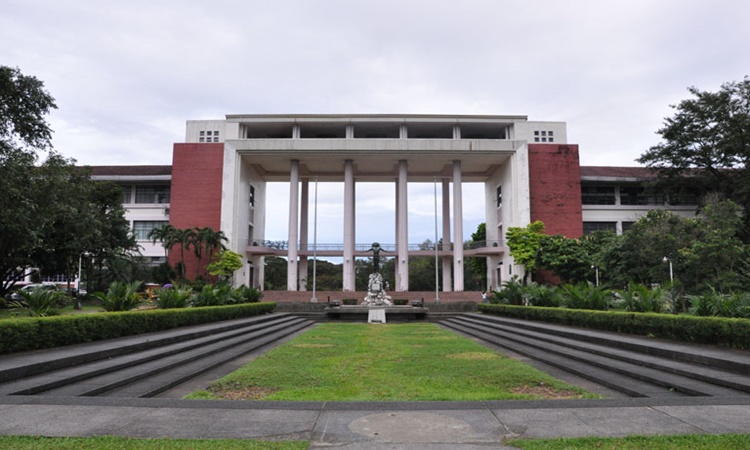Researchers From UP Create Online Tool To Detect Presence of Blue Carbon
UP RESEARCHERS – The researchers from the University of the Philippines (UP) created an online assessment tool to detect blue carbon.
Scientist believed that blue carbon can fight climate change. These can be found in mangroves, seagrasses, and salt marshes.
Those plants can absorb up to five times more carbon than the trees in the forest.

Mangroves are located in between the land and sea while the seagrasses and the salt marshes grow in slightly salty uncharted areas.
These plants and tree that are stocked for millions of years may release a considerable amount of carbon CO2.

In the Philippines, the researchers from UP founded an online community-based assessment tool to identify the presence of blue carbon in the country’s coastal areas.
Based on a report from the Manila Bulletin, the researchers will find the blue carbon by using the power of satellite imagery. They use remotely-sensed data and ground-based measurements.
When these ecosystems are broken down, it will release the stored carbon back to the atmosphere. It will surely contribute to the problem of climate change.

According to the report, the UP researchers believed that this project will benefit everyone. It will also conserve and protect the country’s mangroves and seagrasses.

Based on the report, the program is titled as the Integrated Assessment and Modelling of Blue Carbon Ecosystems for Conservation and Adaptive Management (IAMBlueCECAM).
It was led by Dr. Ariel C. Blanco and supports from Energy and Emerging Technology Research and Development (DOST-PCIEERD), Department of Science and Technology-Philippine Council for Industry.
Their project aims to provide an accurate and comprehensive inventory of seagrass habitats and mangrove forests.

What can you say about this article? Leave your comment and reactions below.
